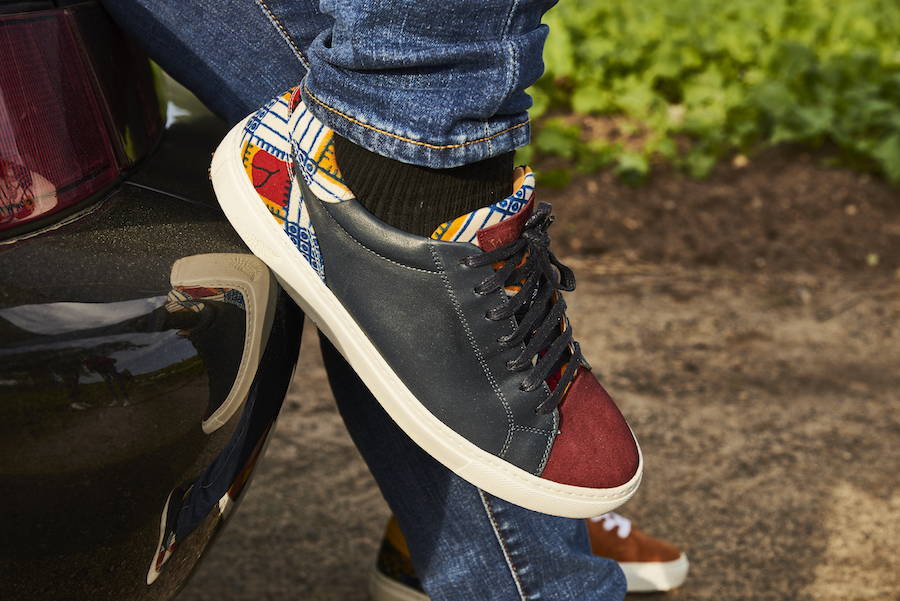Your Shopping Bag is Empty
BE RIGHT BACK! IF YOU'D LIKE TO PURCHASE WITH PURPOSE, PLEASE EMAIL SHOP@RELEVEFASHION.COM

We've partnered with Jeeves, London and New York's finest dry cleaners, to give you tips on how to care for your footwear.
We've partnered with Jeeves, London and New York's finest dry cleaners, to give you tips on how to care for your footwear.
About 90% of shoes still end up in landfill and some soles last 1,000 years in landfill.
About 90% of shoes still end up in landfill and some soles last 1,000 years in landfill.
About 90% of shoes still end up in landfill and some soles last 1,000 years in landfill.
Comments will be approved before showing up.